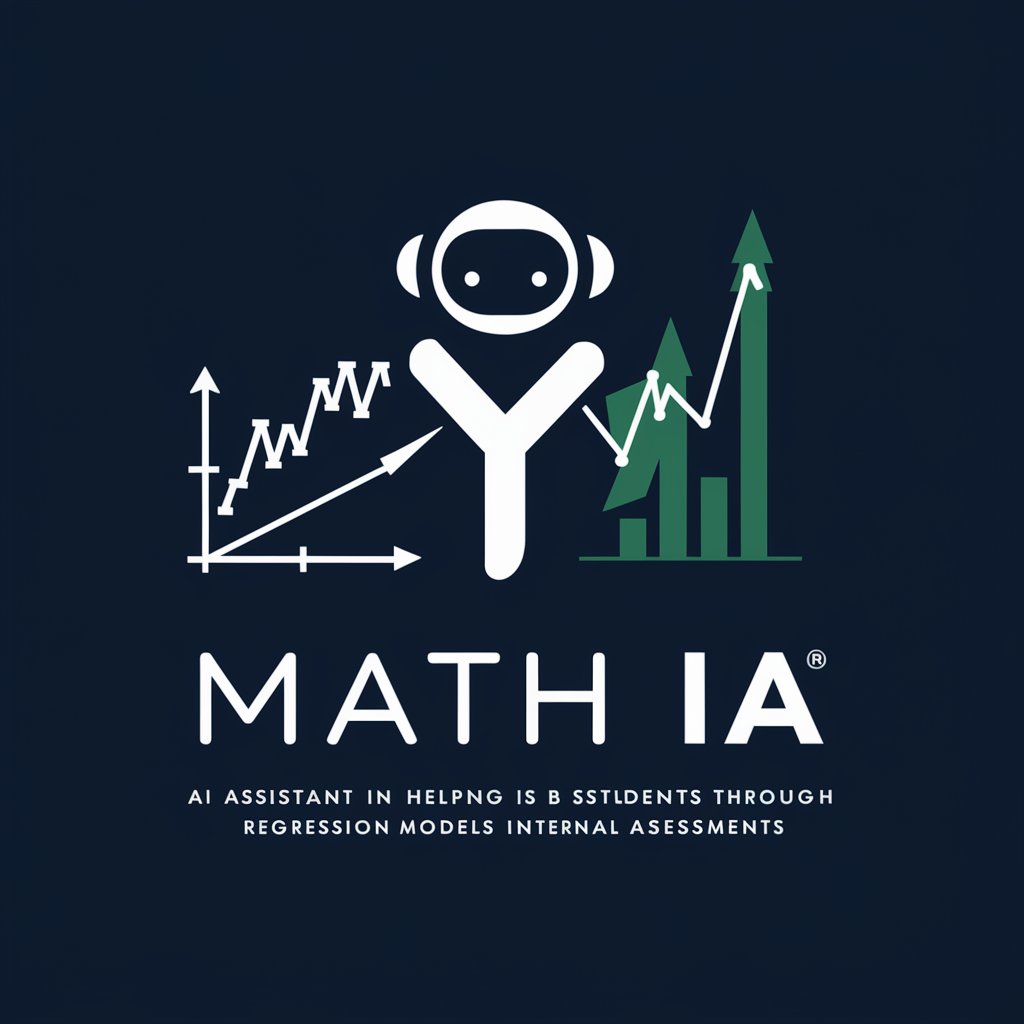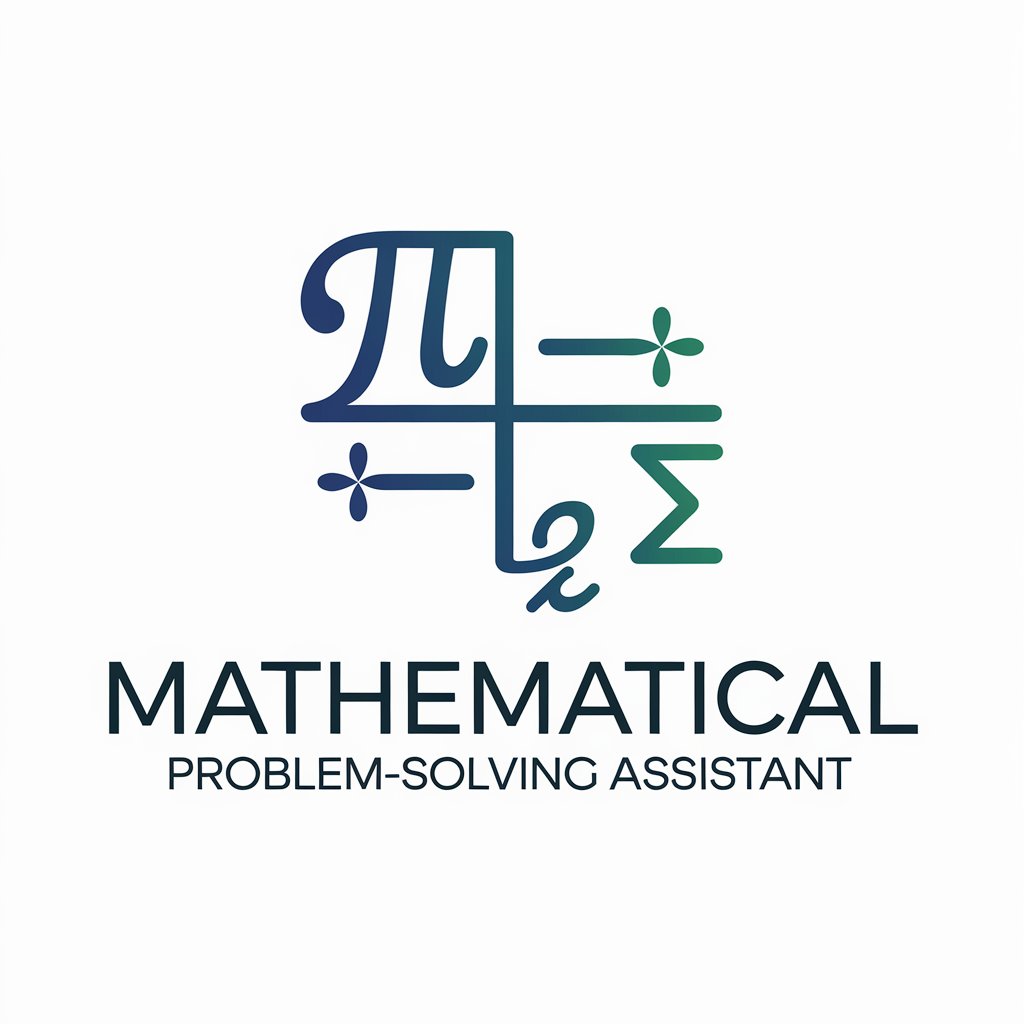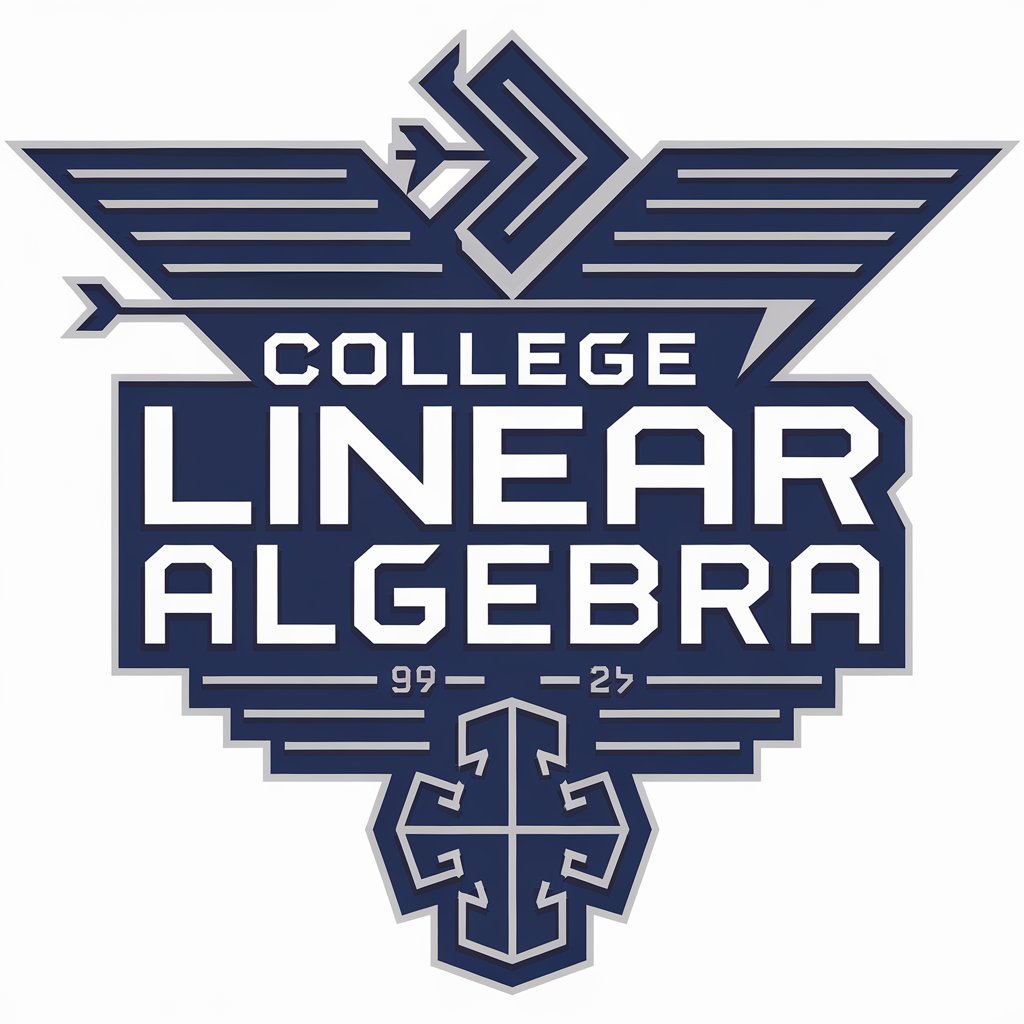
Algebra-Algebra tool for quick solutions
AI-powered Algebra solver for efficient learning
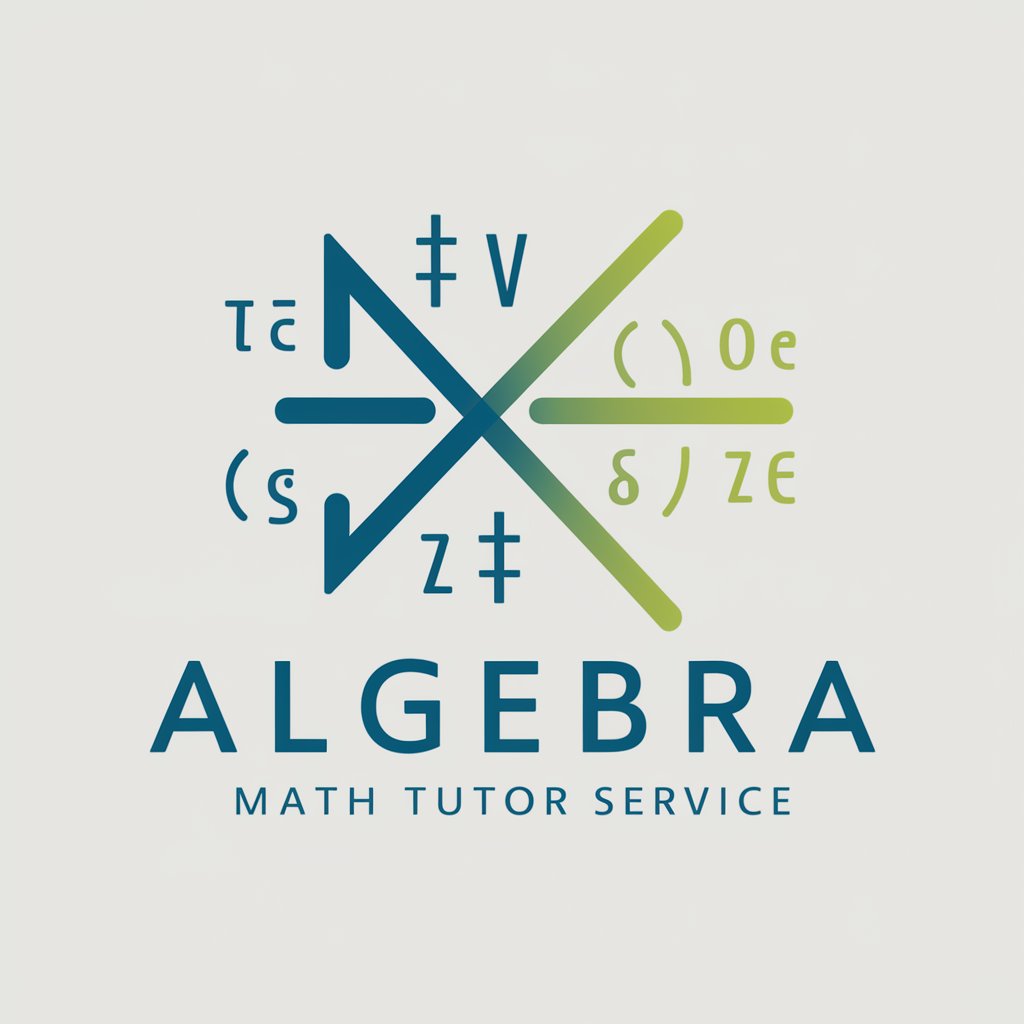
Most versatile solver for Algebra problems. Easy to understand with step-by-step explanations. Powered by Solvely.
Explain this concept:
Solve the system of equations: \(2x + 3y = 10\) and \(x - y = 2\)
Find the value of \(y\) when \(x = 3\): \(y = 4x - 7\)
Factor: \(x^2 - 9\)
Solve the quadratic equation: \(x^2 - 5x + 6 = 0\)
Get Embed Code
Introduction to Algebra
Algebra is a branch of mathematics that dealsAlgebra introduction and functions with symbols and the rules for manipulating those symbols. It serves as a foundational element in mathematics and is designed to generalize arithmetic by allowing variables (symbols like x, y, z) to represent numbers. The primary purpose of algebra is to solve equations and express relationships between quantities. It provides a way of encoding and analyzing patterns, structures, and relationships, which makes it applicable to virtually every field of study, from science to economics to engineering. For example, the equation 2x + 3 = 7 can be solved by isolating the variable (x), revealing that x = 2. This demonstrates algebra’s power in solving problems where values are unknown. Furthermore, algebra is essential for modeling real-world problems mathematically, such as predicting outcomes in physics or optimizing business operations.
Main Functions of Algebra
Solving equations and inequalities
Example
Solving linear equations like 3x - 5 = 10
Scenario
In business, solving for x in an equation like Algebra introduction and functions3x - 5 = 10 can represent calculating the cost of goods sold, where x is the price per unit. By solving, the price per unit (x) is determined to be 5. This is critical in cost analysis and pricing strategies.
Simplifying expressions
Example
Simplifying expressions like 4x + 3x - 2x
Scenario
In physics, simplifying algebraic expressions is useful when dealing with forces or velocities. For example, if you are combining multiple forces acting on an object, you could simplify expressions like 4N + 3N - 2N to determine the net force, which would be 5N.
Modeling real-world relationships
Example
Using quadratic functions to model projectile motion
Scenario
In engineering, algebra is used to model relationships such as projectile motion. The trajectory of an object is often modeled by a quadratic equation like y = ax^2 + bx + c. Understanding this allows engineers to predict the path of rockets, drones, or vehicles, optimizing performance and safety.
Graphing functions
Example
Plotting linear functions like y = 2x + 1
Scenario
In economics, graphing a linear demand curve is an application of algebra. By plotting the equation y = 2x + 1, you can visualize the relationship between the price (x) and the quantity demanded (y). This helps businesses determine pricing strategies based on consumer demand.
Solving systems of equations
Example
Solving a system of linear equations like 2x + y = 10 and 3x - y = 5
Scenario
In logistics, solving systems of equations can help optimize the allocation of resources. For example, if you're managing the supply chain of products, you might need to determine how many units of two different products (x and y) should be produced to maximize efficiency while meeting certain constraints like budget or capacity.
Ideal Users of Algebra Services
Students (Middle School to College)
Students in middle school, high school, and college are the most direct users of algebra. Algebra is part of most curricula and is essential for progressing in mathematics, science, engineering, and economics. Algebra forms the base upon which students build further mathematical knowledge, such as calculus or linear algebra, and it is often a prerequisite for standardized testing (like SAT or GRE).
Engineers and Scientists
Engineers and scientists regularly use algebra to model and solve real-world problems. Whether designing structures, optimizing systems, or conducting experiments, algebra is fundamental for analyzing relationships and making predictions. For example, mechanical engineers use algebraic equations to model stress on materials, while physicists use algebra in the development of mathematical models for motion, energy, and forces.
Business Professionals and Economists
In business and economics, algebra is key for analyzing financial trends, forecasting growth, optimizing resource allocation, and setting prices. Business analysts use algebra to model demand, supply, and profits. Economists rely on algebra to represent market behaviors and solve complex economic equations to predict future trends.
Software Developers and Data Scientists
Software developers and data scientists use algebra in a variety of contexts, including algorithm development, machine learning, and data modeling. Algebra is foundational in writing efficient algorithms, especially in areas like computer graphics, encryption, and artificial intelligence. Data scientists apply algebraic methods to analyze datasets, create predictive models, and solve optimization problems.
Mathematics Enthusiasts and Researchers
Mathematics enthusiasts and researchers use algebra to explore more advanced concepts like abstract algebra or algebraic geometry. Algebra provides the tools to study the properties and structures of mathematical systems. Researchers use algebra to contribute to theoretical advancements or to apply algebraic techniques in other scientific fields, such as cryptography or physics.
How to Use Algebra
Visit aichatonline.org for free trial
Understand algebraic fundamentals
Ensure you have a grasp of basic algebra concepts such as variables, constants, coefficients, and exponents. These are foundational for performing any algebraic operations, like solving equations or simplifying expressions.
Identify the problem type
Classify the type of algebraic problem you’re dealing with—whether it's simplifying expressions, solving linear equations, quadratic equations, or working with polynomials. Understanding the problem type will determine the steps you take next.
Apply algebraic operations
Perform necessary operations on the given algebraic expressions, such as addition, subtraction, multiplication, division, or factoring. For equations, isolate the variable by performing inverse operations on both sides.
DoubleHow to use Algebra-check and simplify
After solving, review your work. Double-check the steps, verify the solution, and simplify the final answer if necessary to make sure it’s in its simplest form.
Try other advanced and practical GPTs
Linear Algebra
AI-powered linear algebra tutor and solver
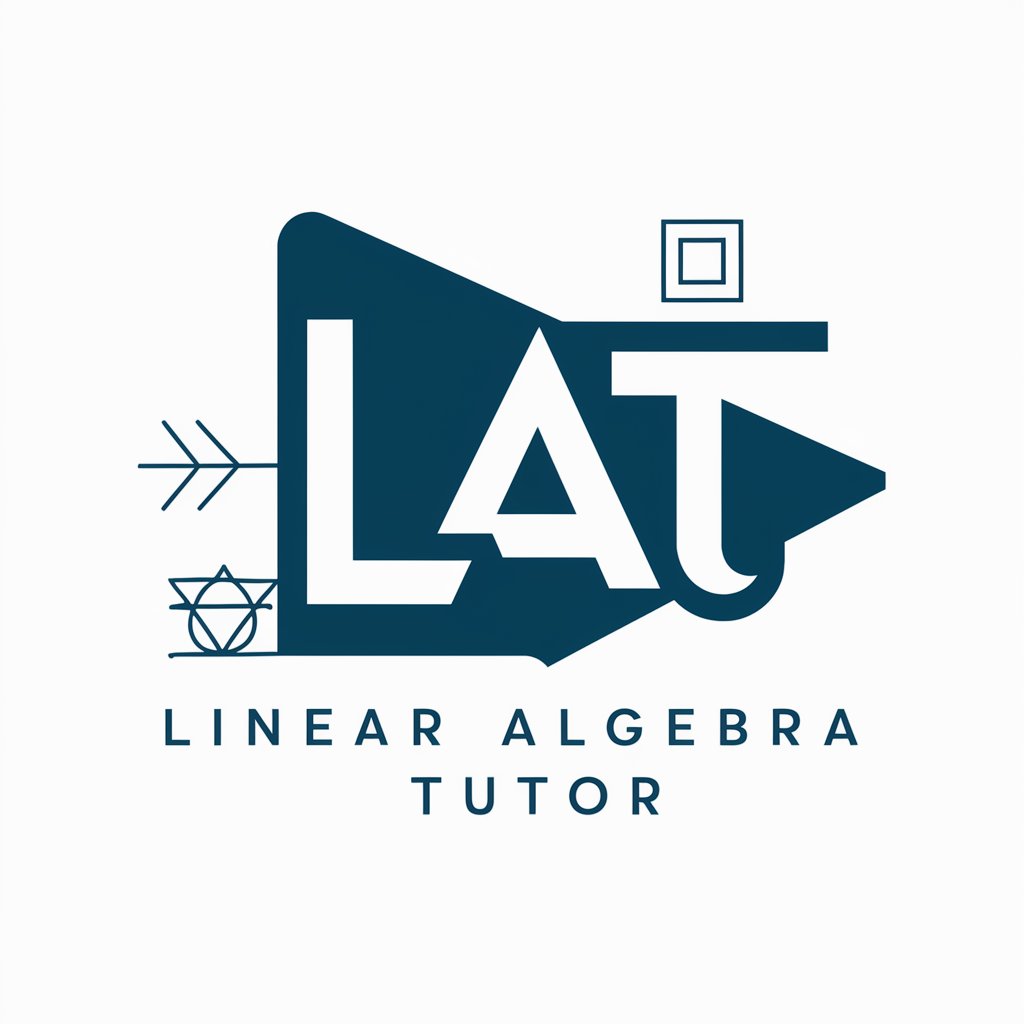
Convo-AI
AI-powered assistant for creative tasks.

Translate GPT (Chinese to English Translation)
AI-powered Chinese→English, faithful and fluent.

Veeam Backup Expert Helper Bot
AI-powered Veeam Backup Helper Bot

cupcake v0 game 2: are you smarter than a degen
AI-powered trivia game for knowledge seekers

Blog Post / Article Image Generator + Alt Text
AI-driven images with SEO-friendly alt text.

Asistente de Diseño de Diapositivas IA
Create stunning slides with AI ease.

Cat memo(猫ミーム)
AI‑powered storyboarder for viral cat memes.

Code Whisperer
AI‑powered code guidance, debugging, and design.
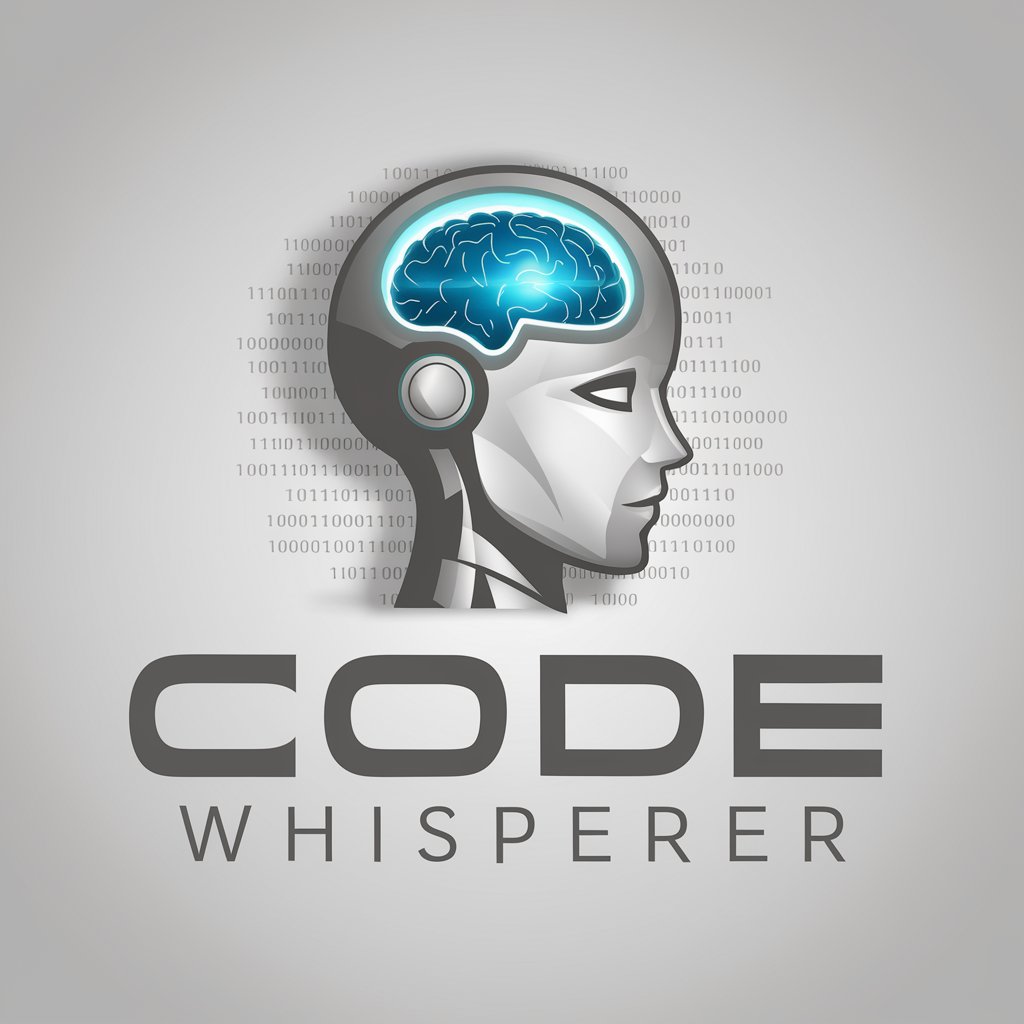
AI lain experiments
AI-powered writing, coding, and insight—guided by Lain

MindMeister mindmap creator for import
AI-Powered Mindmap Creation with Easy Import
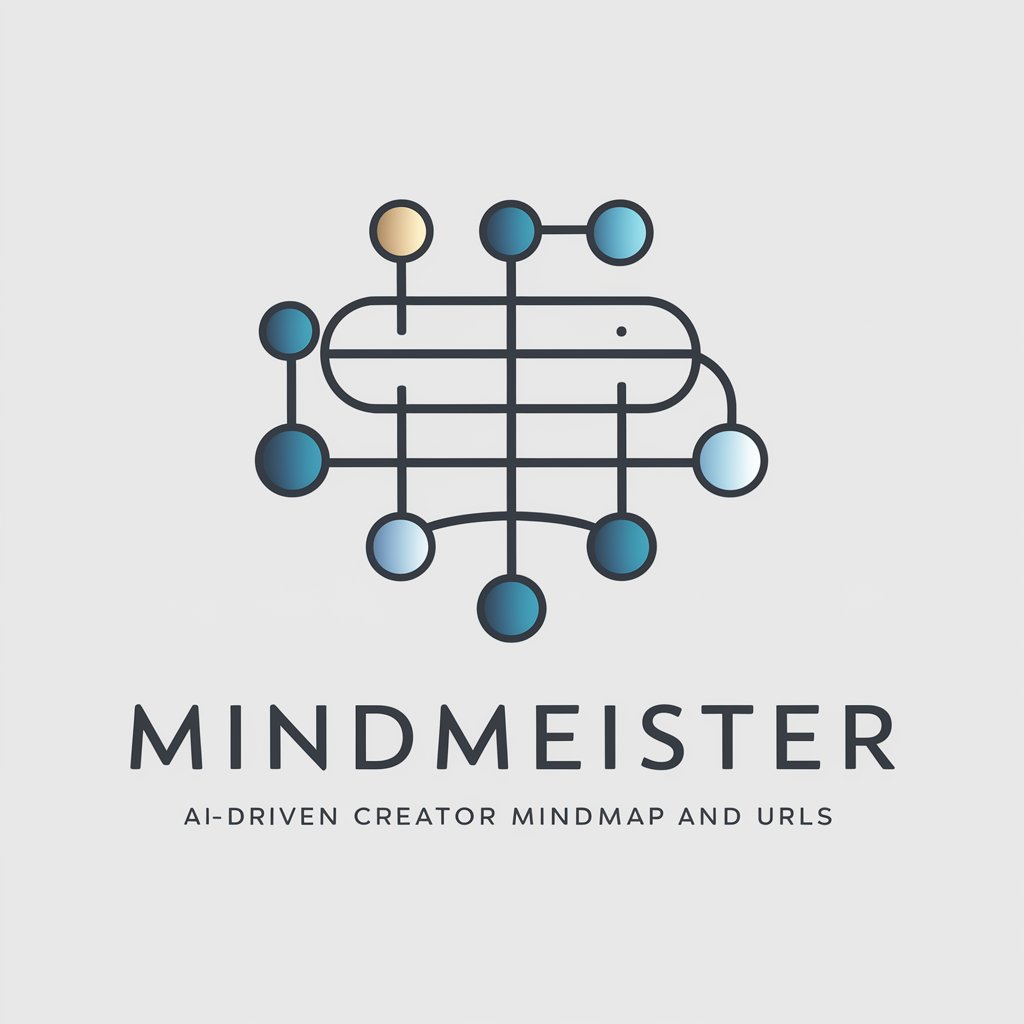
Freudian Therapy and Psychoanalysis
AI-powered Freudian analysis for self-discovery.

- Data Analysis
- Problem Solving
- Academic Assistance
- Real-World Applications
- Math Education
Common Algebra Questions & Answers
How do I solve a linear equation?
To solve a linear equation like 2x + 3 = 7, first subtract 3 from both sides to get 2x = 4. Then divide both sides by 2, giving you x = 2.
What is the difference between linear and quadratic equations?
A linear equation is one in which the highest power of the variable is 1, such as y = 3x + 5. A quadratic equation, on the other hand, has the highest power of the variable as 2, such as y = x² + 2x + 1.
How do I factor a quadratic expression?
To factor a quadratic expression like x² + 5x + 6, look for two numbers that multiply to 6 and add up to 5. In this case, the numbers are 2 and 3, so the factorization is (x + 2)(x + 3).
What does it mean to simplify an algebraic expression?
Simplifying an algebraic expression means combining like terms, reducing fractions, or factoring out common terms to make the expression more concise. For example, simplifying 3x + 2x would give 5x.
Can algebra be applied to real-world problems?
Yes, algebra is used in various real-world applications, from calculating budgets and analyzing data to engineering, computer science, and physics. Algebra helps solve problems involving relationships between variables.



